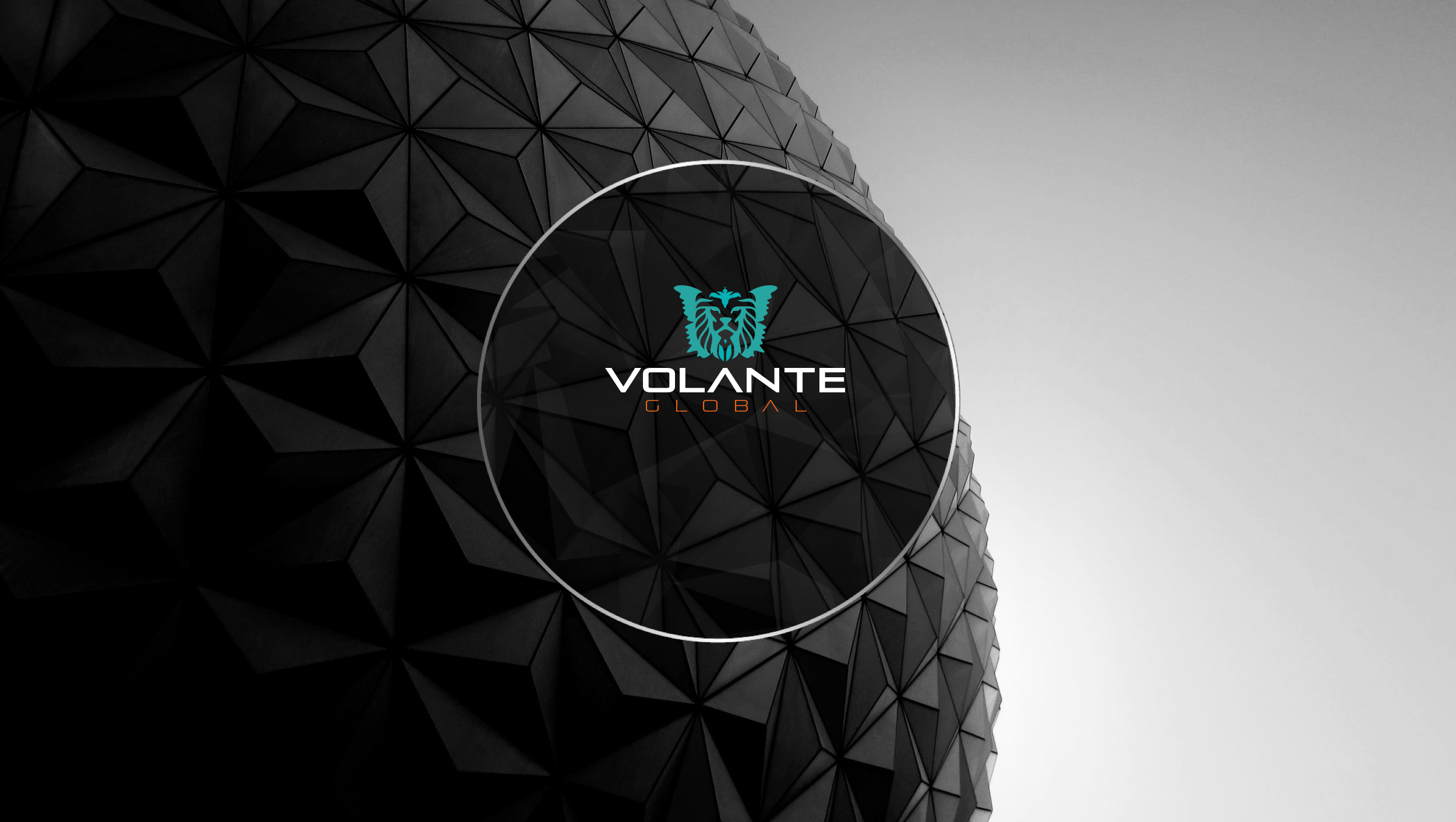


Réaliser le changement en respectant les fondamentaux.
Cultiver un environnement créatif et diversifié en responsabilisant nos équipes.
Pleinement alignés avec les attentes de nos partenaires et clients.
Volante offre un cadre de souscription vraiment unique. Un Agent de Soucription (MGA) international et multi-produits ainsi qu’un Syndicat du Lloyd’s géré par Asta Managing Agency Ltd. Nous proposons des produits d’assurance et de réassurance spécialisés et de niche, développés par des équipes de souscription dotées des pleines autorités au travers d’un large réseau de distribution.
Nous nous engageons à atteindre une croissance durable à long terme dans l’ensemble du spectre de l’assurance et de la réassurance, pour y parvenir nous travaillons en collaboration avec les porteurs de risque et les courtiers. Ce n’est qu’en créant des relations mutuellement avantageuses et rentables avec toutes les parties prenantes que nous pouvons garantir des solutions de qualité supérieure, une distribution et un service optimisés de bout en bout.
Nous travaillons sur un mode entrepreneurial avec des personnes engagées à développer tout le potentiel possible qu’offre l’industrie de l’assurance et de la réassurance. De nos investisseurs et apporteurs internationaux de capacité jusqu’à nos réseaux de courtage local, nous conjuguons nos efforts pour créer l’environnement commercial et opérationnel le plus propice pour toutes les parties.
Notre vision d’entreprise se fonde sur une croissance structurée et diversifiée grâce à une forte expertise en matière de souscription. Cette vision est garantie par une souscription sélective, l’ambition d’innover et d’être créatif dans notre réflexion ainsi que la volonté d’adopter de nouvelles technologies faisant progresser notre mode de fonctionnement.
La technologie est un élément essentiel pour le secteur de l’assurance aujourd’hui. La plateforme de souscription, créée par Volante et basée sur le cloud, fait gagner en productivité et nous permet d’être alignés avec les objectifs de nos partenaires.
Notre maîtrise de la technologiques améliore l'efficacité, réduit les coûts et favorise une performance de souscription exceptionnelle.
Notre solution interne dans le cloud permet l’échange des informations entre les souscripteurs, le front et back office et transmets les données à nos apporteurs de capacité. La plateforme synthétise de vastes ensembles de données complexes sous forme de tableaux de bord dynamiques, fournissant des renseignements essentiels à la prise de décision de souscription, améliorant ainsi les performances.
Volante Announces Leadership Transition as Founder and CEO Talbir Bains Steps Down
14/02/2025
Volante Global Welcomes New Executive Chairman to Support Strategic Growth Ambitions
23/12/2024
Meet our CUO Short Tail D&F
5/12/2024
Volante Transaction Services Announces Its Entrance Into North American Market
26/04/2023
Volante Transaction Services – New transaction liability market player with familiar market faces
3/11/2022
Pour soutenir cet effort, nous sommes soutenus par certaines des capacités les plus fiables du marché de la réassurance. Chaque division du groupe d’entreprises Volante Global bénéficie d’un soutien de capacité à grande échelle fourni par un panel de apporteurs notés A ou supérieurs Ce qui offre à nos assurés un niveau de sécurité exceptionnel et la tranquillité d’esprit qui découle du fait de savoir que leurs risques sont souscrits par certains des apporteurs de capacité les plus solides et les plus respectés sur le marché de la réassurance.
Le Lloyd’s est le plus important marché d’assurance spécialisé au monde, avec des souscripteurs spécialisés de premier ordre opérant au travers d’un réseau de plus de 200 pays et territoires dans le monde.
We manage our Volante Syndicate 1699 through Asta Managing Agency Ltd, one of Lloyd’s most respected managing agents. Notre syndicat Volante 1699 est géré par Asta Managing Agency Ltd, l’un des agents de gestion les plus respectés du Lloyd’s. Notre syndicat souscrit des affaires pour le compte du Lloyd’s grâce à son réseau international, sur huit branches d’assurance et cinq continents.
Notre syndicat offre un portefeuille diversifié de clients, produit par des équipes locales de souscripteurs experts, respectueux des règles et utilisant les données en temps réel, et piloté par une équipe de direction inclusive mettant à profit les avantages de l’expérience, de l’intégrité et de la diversité du Lloyd’s.
En savoir plus sur le Lloyd’s.